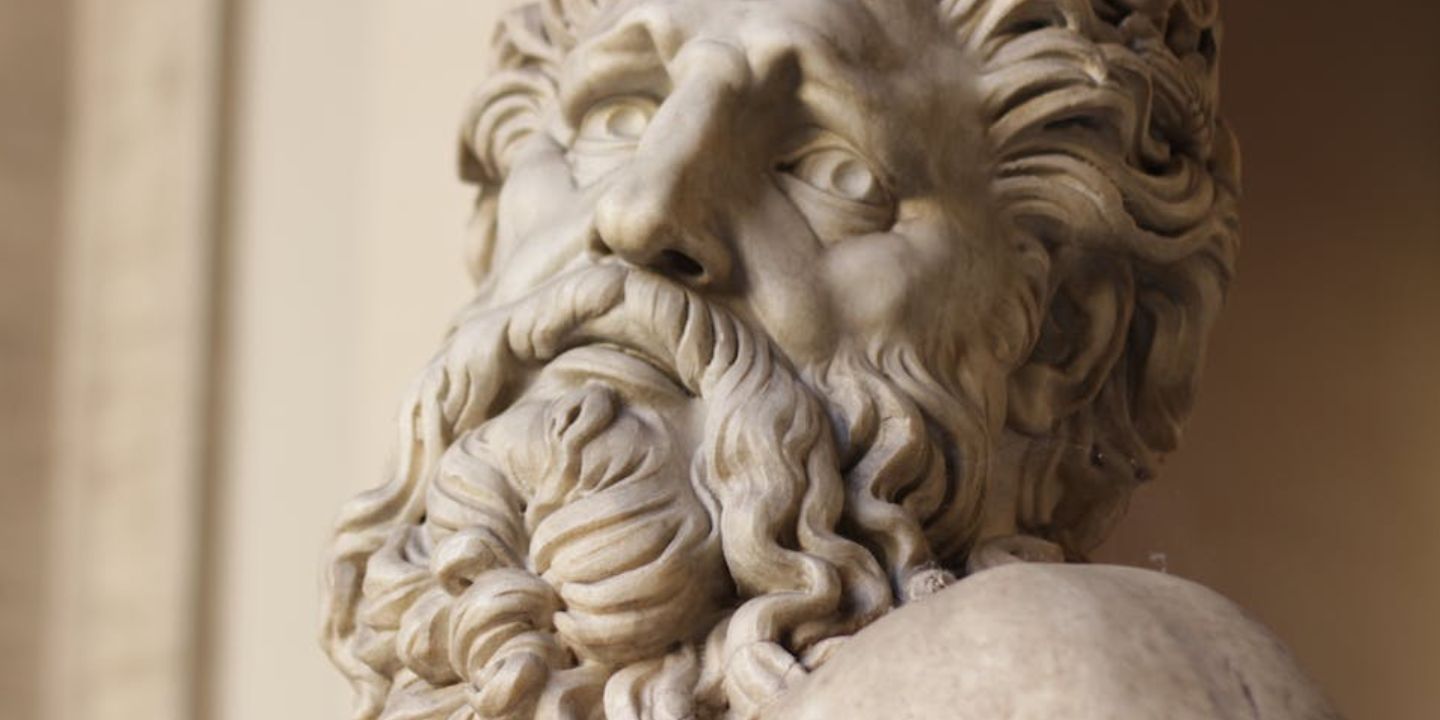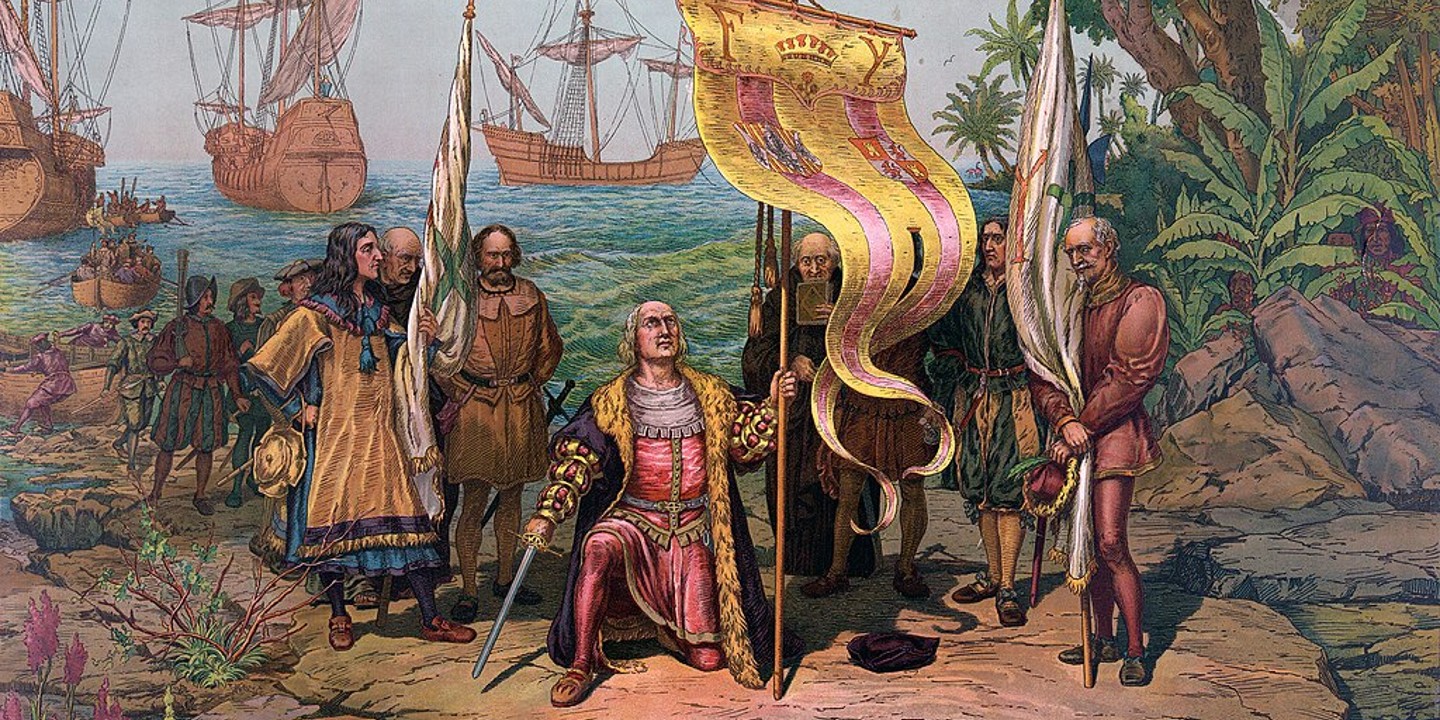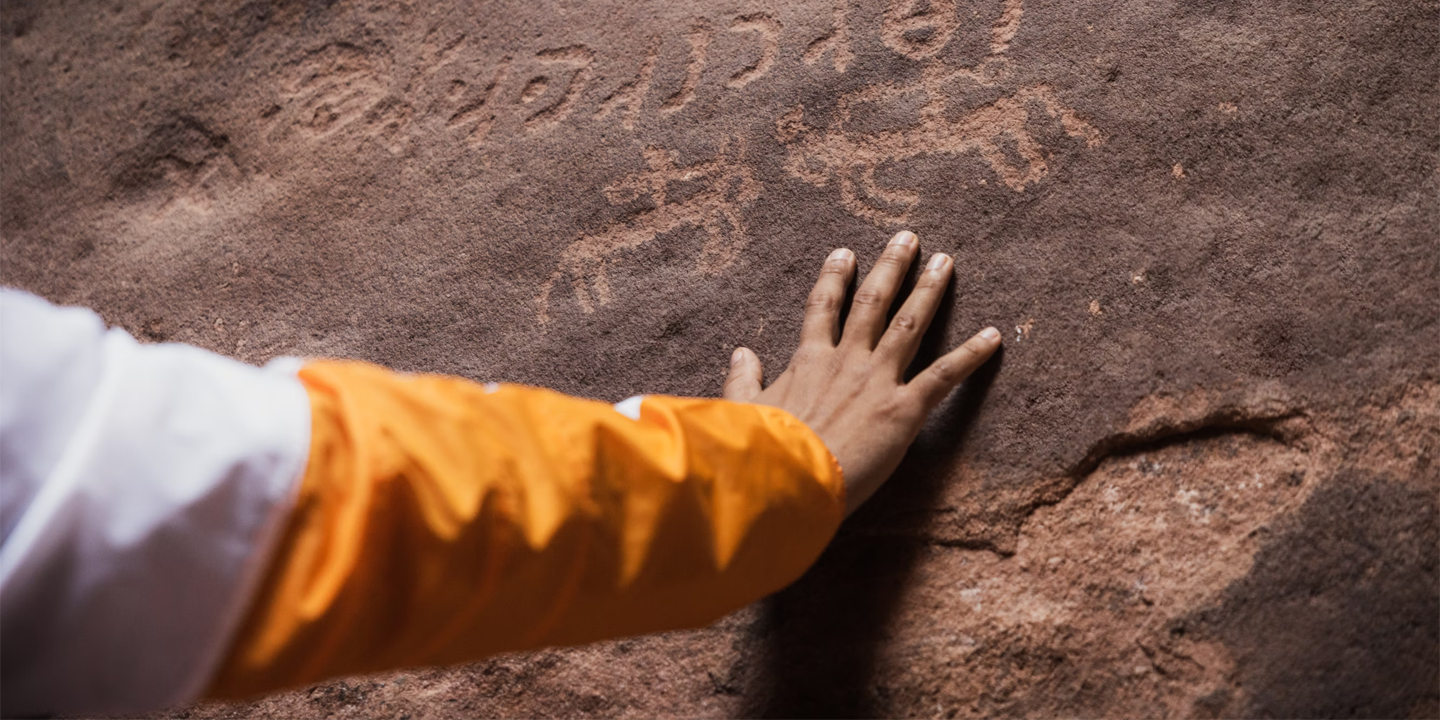Gone But Not Forgotten
What happens when languages are no longer spoken? Some evolve into modern variants or entire language families, while others vanish entirely; some are reconstructed, others left to fade. This list will share 10 languages that are no longer spoken and 10 that you won't need the Rosetta Stone to decode.
1. Latin
Before you start typing angry comments about how language is still taught in some private schools and even on Duolingo, let us explain. Latin never entirely went away—it's even the official language of Vatican City—but it's no longer spoken as anyone's mother tongue. Vulgar Latin (that means common, not racy) has evolved into new languages which are much easier for modern communication, just ask any classics student.
2. Sanskrit
Similarly to Latin, Sanskrit's place in the modern world is largely symbolic and ceremonial. Yes, it's still considered one of the official languages of India, but it hasn't been spoken in around 1500 years. This ancient Indo-Aryan language flourished around 1500-600 BCE, giving us texts like the Mahabharata and Ramayana.
 Unknown artistUnknown artist on Wikimedia
Unknown artistUnknown artist on Wikimedia
3. Akkadian
Akkadian was spoken in ancient Mesopotamia, the cradle of civilization. Akkadian and its writing system, cuneiform script, evolved from an even older language called Sumerian. Akkadian went extinct almost 2000 years ago, but lives on in school rooms, where making clay tablets out of playdough is a fun exercise for budding classicists.
 Original author unknown. Translation help provided by Manuel Molina. on Wikimedia
Original author unknown. Translation help provided by Manuel Molina. on Wikimedia
4. Biblical Hebrew
Let's get something out of the way here: Biblical Hebrew and modern Hebrew are completely different languages. Biblical Hebrew was used as a first language until somewhere around the 3rd century, during the Roman period. In the 1880s, the language was revived and adjusted for modern use as part of the Zionist movement.
5. Egyptian
When it comes to oldest surviving written languages, the Egyptians take the cake. The earliest complete sentence in history dates back to a tomb inscription from 2690 BCE! Classical Egyptian evolved into Demotic, then Coptic, which were then replaced by Arabic.
 unknown Egyptian scribe on Wikimedia
unknown Egyptian scribe on Wikimedia
6. Mycenaean Greek
When people think of Ancient Greek, they're probably thinking of Archaic Greek (like Homer) or Classical Greek (like Aristotle), but there's actually an even older form! Mycenaean Greek is the earliest form of the language, used c. 1400-1200 BCE. Most of the records we have are written using something called Linear B—yes, before you ask there is Linear A, and no it hasn't been deciphered.
7. Tasmanian
Little is known about the language, or languages, spoken by the Aboriginal Tasmanians of Australia. These languages comprised at least three families, but were poorly recorded by settlers and decimated during the Black War. Tasmanian languages were used for daily communication until the 1830s, but official went extinct when the last native speaker passed in 1905.
 Kwamikagami at English Wikipedia on Wikimedia
Kwamikagami at English Wikipedia on Wikimedia
8. Old English
Despite what high school students believe, Old English is not what Shakespeare wrote in. Old English, or Anglo-Saxon was first recorded around the 5th century, and it is in that language that works such as Beowulf were written. Old English survived for about 700 years and, frankly, we shouldn't mourn its passing as it's far more complicated than modern English.
9. Quileute
The Quileute people are best known as werewolves in the Twilight franchise, a depiction that did more harm than good. Today, there are around 800 enrolled members in western Washington and, though the people survive, their language did not. Like countless other Indigenous languages, Quileute was was eradicated during European colonization, going extinct in 1999.
 Sam Beebe/Ecotrust on Wikimedia
Sam Beebe/Ecotrust on Wikimedia
10. Martha's Vineyard Sign Language
Did you know that Martha's Vineyard once had a large Deaf community? A sizeable percentage of the island's population had hereditary deafness, likely from a common ancestor. As a result the community developed their own dialect of sign language. An influx of hearing people with easier migratory capabilities, combined with the rise of ASL led to the extinction of MVSL by 1952.
Now that we've gone over some languages that are no longer spoken, let's look at some ancient ones that are still spoken!
1. Tamil
A Dravidian language spoken by around 80 million people worldwide, Tamil is one of the longest surviving classical languages in the world. The first attestations of Tamil date back to 300 BCE and, unlike older languages, such as Sanskrit, its use was never confined to ceremony. The coolest thing about Tamil is that the earliest pieces of writing we have in it display a linguistic maturity which indicates that the language may be much older than we think!
 none; publisher is The Church of Jesus Christ of Latter-day Saints on Wikimedia
none; publisher is The Church of Jesus Christ of Latter-day Saints on Wikimedia
2. Chinese
Around 1.2 billion people speak some variant of Chinese as their first language, but not all Chinese languages are the same. While Mandarin may be more widely-spoken, Cantonese is actually older by about 200 years. Cantonese became the main dialect of Guangzhoi around 1200 CE and maintains more similarities with Ancient Chinese than Mandarin.
3. Aramaic
If you know anything about Aramaic, you probably know that it's related to Biblical Hebrew. In fact, it's actually older by a century, being first recorded in Syria in 1100 BCE. While today's Aramaic isn't entirely unchanged from its ancient form, it's been continually spoken for almost 4000 years with half a million speakers today.
4. Arabic
Another sacred language, Arabic has around 260 million speakers today. Arabic existed a few centuries before the begin of Islam, and spread across the world as the religion spead. Unlike some of the languages on this list which were standardized after centuries of being spoken, Arabic was standardized sometime around 650!
5. Farsi
Also known as Persian, Farsi is an official language of Iran, Afghanistan, and Tajikistan. While Old Persian dates back to the reign of Darius the Great in the 5th century BCE, Modern Persian got its start around the 8th/9th centuries CE. Farsi grammar is remarkably similar to several European languages.
 The Cleveland Museum of Art on Unsplash
The Cleveland Museum of Art on Unsplash
6. Lithuanian
Lithuanian's place on this list may surprise you. Lithuanian emerged as a distinct language around 800 CE and is spoken by over 3 million people today. Of all the Indo-European languages, Lithuanian is the most conservative, retaining features from extinct languages such as Sanskrit.
 Jonas Jablonskis (1860–1930). Petras Kriaušaitis is his nickname. on Wikimedia
Jonas Jablonskis (1860–1930). Petras Kriaušaitis is his nickname. on Wikimedia
7. Gaelic
Also known as Gaelic, the Celts put the Irish language in Ireland around 500 BCE, with the language being a majority within a millennium. The Irish language was heavily suppressed by English colonists, who attempted to completely eradicate the language and its speakers. Around 1.2 million people speak Irish today, but many as as second language.
 Sarah777 at English Wikipedia on Wikimedia
Sarah777 at English Wikipedia on Wikimedia
8. Korean
Old Korean emerged during the Silla period, dating it back to at least 57 BCE. From there, Korean developed into the modern language we use today, changing, but never going away. Fun fact: Old Korean was written using Chinese characters, while the Hangul of modern Korean wasn't developed until the 1400s!
9. Armenian
Armenian is unique as far as languages go; while it's an Indo-European language, it exists in its own language family and is not particularly close to any other languages. The oldest surviving Armenian text is a 5th-century translation of the Bible, for which the Armenian alphabet was initially developed. There are over 5 million Armenian speakers today.
 none; publisher is The Church of Jesus Christ of Latter-day Saints on Wikimedia
none; publisher is The Church of Jesus Christ of Latter-day Saints on Wikimedia
10. Basque
Like Armenian, Basque—which is spoken in Spain and France—is an isolated language, and the only surviving isolated language in Europe. It's difficult to say for certain when Basque first developed, but it was already spoken during the Roman Empire, which led to the creation of surrounding languages such as French and Spanish.
KEEP ON READING

The 20 Most Recognized Historical Figures Of All Time
The Biggest Names In History. Although the Earth has been…
By Cathy Liu Oct 4, 2024
10 of the Shortest Wars in History & 10 of…
Wars: Longest and Shortest. Throughout history, wars have varied dramatically…
By Emilie Richardson-Dupuis Oct 7, 2024
10 Fascinating Facts About Ancient Greece You Can Appreciate &…
Once Upon A Time Lived Some Ancient Weirdos.... Greece is…
By Megan Wickens Oct 7, 2024
20 Lesser-Known Facts About Christopher Columbus You Don't Learn In…
In 1492, He Sailed The Ocean Blue. Christopher Columbus is…
By Emilie Richardson-Dupuis Oct 9, 2024
20 Historical Landmarks That Have The Craziest Conspiracy Theories
Unsolved Mysteries Of Ancient Places . When there's not enough evidence…
By Megan Wickens Oct 9, 2024
The 20 Craziest Inventions & Discoveries Made During Ancient Times
Crazy Ancient Inventions . While we're busy making big advancements in…
By Cathy Liu Oct 9, 2024












